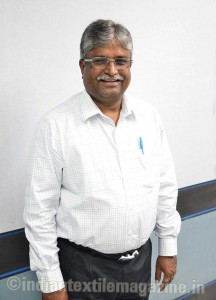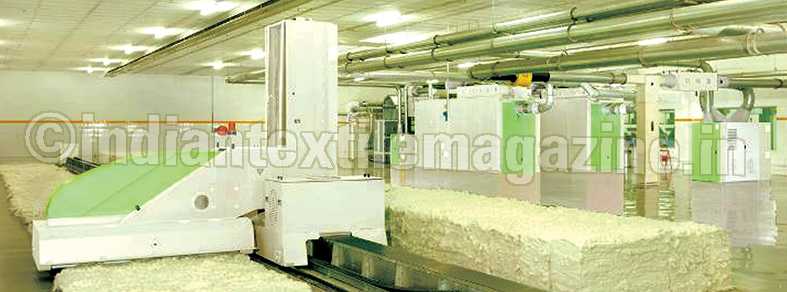The textile Industry in Tamil Nadu has seen its highs and lows in the last few years. Regardless of a few shortcomings, big market players believe that Tamil Nadu will be a front-runner in the growth of the Indian textile industry. Mr. C. Kamatchisundaram, Vice President of Voltas, shared his insights to shed light on the current market scenario.
In his briefing about the growth of the Tamil Nadu textile industry, he said: “Tamil Nadu has been a very strong State because of its entrepreneurial capabilities. They do not completely depend on the government, whether State or localized, either for putting up an industry or for sustaining and growing it further. Prior to 2011, when the State faced fewer power problems, the industries were operating at near 100% utilization. The power problem hit them like a tsunami. The Tamil Nadu textile industry did not anticipate these vulnerabilities. Suddenly they realized they could not count on getting adequate power, which is the lifeline of the industry. Utilization fell to about 70%. In some of the smaller mills, without captive generation plants, it went down to even 60%.”

The real distress situation occurred in 2011 when there was good opportunity, with demand for the product moving high. The Tamil Nadu textile industry, one of the key contributors to setting global standards, could not operate to its fullest capacity owing to the acute power problem. When this happened, investors made plans to shift to more attractive locations.
Mr. Kamatchisundaram further commented: “However, I always believed that industry’s operations are not only dependent on the market needs but also on the capability to run it. The capability to run a textile industry in Tamil Nadu is always high. The difficult situation faced by the Tamil Nadu textile industry is going to pass. Really bright days are ahead.”
True to his words, the scenario looks much positive now, and this has taught the industry to learn to manage such distress situations.
Currently India is looking to add around 3-3.5 million spindles every year against an average number of 2.5 million spindles over the past five years. The southern region is expected to contribute to about one million and more spindles every year. Recent times have seen reduction in yarn exports to China by 35-40 per cent.
Mr. Kamatchisundaram observed: “China is the largest consumer of our yarn. The overall yarn production in China is less than its needs. So China has to import. This shortfall in China is due to some changes in its government policies. It is definitely going to spring back to normalcy. From September this year exports will be back to normal and are expected to reach at least the level of FY 2013-14”.
Talking about Voltas’ future plans, he stated the company started branching out into newer territories over the last decade. Operating from 16 different sales offices across the nation, Voltas aims to be at the heart of the action. Locations include major textile hubs like Salem, Surat, Kholapur, Indore, Bhilwara, Delhi, Chandigarh, Ludhiana, etc.
Asked about the future outlook of Voltas’ Textile Division, Mr. Kamatchisundaram said: “Till 2009 we saw the southern market growing at a phenomenal pace. From 2009-13 it was the northern market. From 2013, Gujarat and Madhya Pradesh are ramping up in the western region. I see a situation where there is going to be a good balance in the growth in these 3 regions.”
He pointed out that there is good potential in West Bengal, Bihar and Orissa too in the eastern region, but it’s going to take some time before it is tapped.
Voltas is also a significant player in post spinning, representing Terrot for circular knitting machines and Rifa (China) for looms. Voltas plays a major role in selling more of the shuttleless looms from Rifa China, the biggest loom manufacturer in China, producing over 4,000 looms a year. They have very good installations running across the country, such as in Ichalkaranji, Bhivandi, Surat and many more textile weaving clusters / parks across the nation.
Moving ahead, flat knitting machines will play a big role in the fashion industry. While Bangladesh imports more than 2,000 machines a year, the current market in India is less than 400 machines, but is expected to grow vertically. Voltas represents flat knitting machines from ‘LongXing’, China, for meeting the anticipated needs. It has very strong representation in dyeing and finishing segments as well as European brands like Benninger, Brueckner, Thies, Dilo and Reggiani and many more of the best technologies available in today’s market.
Summing up, Mr. Kamatchisundaram said: “The future looks bright for Voltas as we are slowly maturing from being a prominent player in the spinning industry to a ‘one-stop solution’ provider for all the customer needs. Increased attention will also be paid to the post-spinning segment where we feel there is a great potential for development within our textile hubs.”
